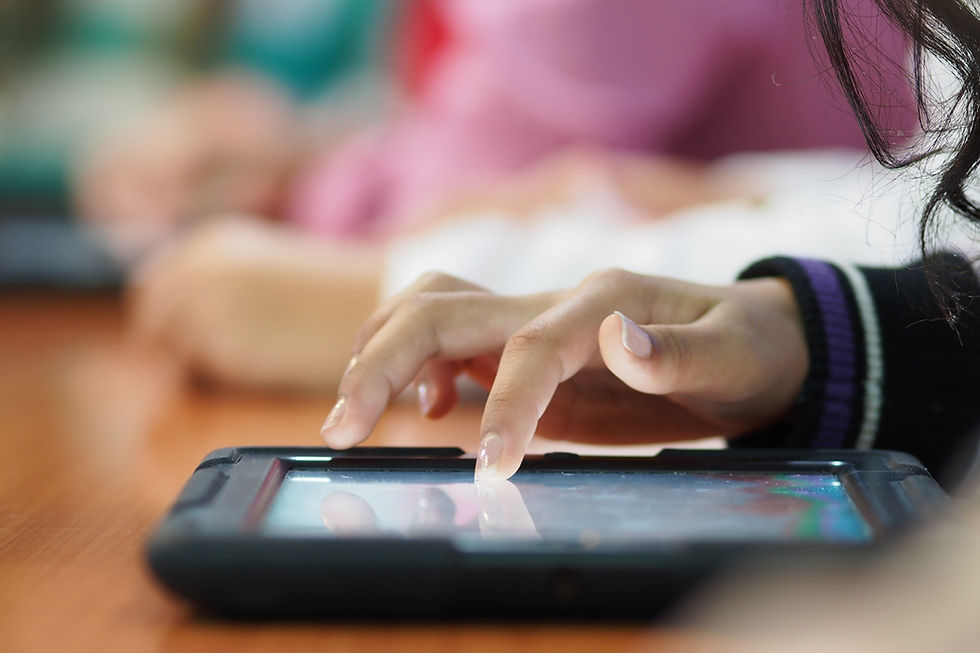Private Schools Shield Children from Gun Violence, a Conundrum for Parents of Disabled Children
- From Delays to Diagnosis
- Oct 25, 2022
- 3 min read

I planned to help protect my child from school shootings by enrolling her in private school. That is no longer an option.
According to the CATO Institute, only 6% of school shootings occur at private schools. “…[T]he data suggest that children [who] go to private schools are disproportionately less likely to experience a school shooting than children in public schools.” Raising a child in a country with a predominant political party that largely favors guns over children’s lives, I knew that in addition to voting, I needed to be strategic to protect my child. I had it all planned out.
My daughter would attend a private school to decrease her risk of being shot at school, along with taking advantage of the many other benefits of attending private school.
What is the saying, you make plans, and God laughs? Well, yep.
My daughter was diagnosed with global developmental delays (delays in gross motor, fine motor, and speech), when she was 12 months old. She is now three years old and diagnosed with various disorders, including hypotonia, receptive/expressive language disorder, and neuromuscular incoordination (spastic diplegia). She cannot attend school without the assistance of an aide and needs several different therapies on a regular basis.
No private school in our area can accommodate her, and although we could try a private school, we would be giving up her state-sponsored (i.e., free) services, including in-school occupational, speech, and physical therapies, and her tailored accommodations, like preferential seating, assistance walking, eating, and toileting, and access to a speech device. These services and accommodations are essentially guaranteed to her under her Individualized Education Plan (“IEP”).
IEPs are available to students who qualify for school accommodations under the Individuals with Disabilities in Education Act (IDEA). An IEP provides what the school is required to do in order to meet a child’s needs, so that child can access the school’s curriculum (like other non-disabled children can, naturally).
But, there is a caveat: public schools are required to comply with IEPs whereas private schools are not. While a private school may “voluntarily comply” with an IEP, there is no way of ensuring compliance (i.e., there is no route to legally demand compliance). An IEP at a private school has no teeth – not to mention the family would be responsible for paying for the necessary therapy services out-of-pocket.
The co-pays alone for therapy services can be $40 per session (and that’s with stellar health insurance) until the health plan’s annual deductible is met. My daughter needs 6 visits per week, which include 2 sessions of physical, occupational, and speech therapy each, which comes out to $240/week and $960/month. It’s not cheap.
As much as I wish my daughter could attend a private school, it would only hinder her learning and could result in even further delays. If she attended a private school, we would be giving up the support that she needs to thrive. While I’m grateful that she has access to most of the services she needs (we still supplement with some private therapies at home) and that she can access the curriculum at her school, attending a public school is more dangerous, statistically speaking, and puts her at a higher risk for experiencing a school shooting.
These are the choices available to children with disabilities in the U.S. these days. No one should ever have to choose between safety and access to curriculum. Not the disabled, not the poor. No one.



Very thought—provoking!